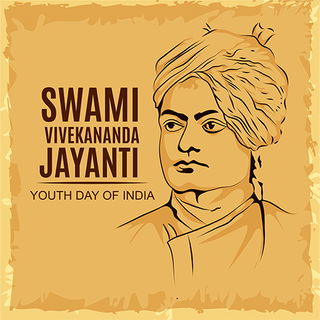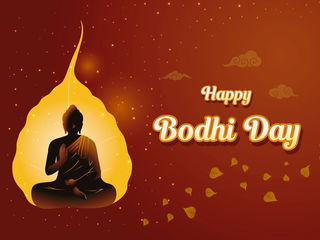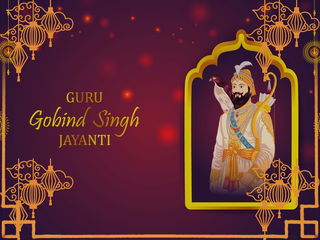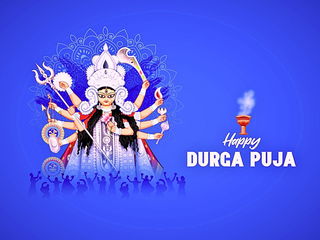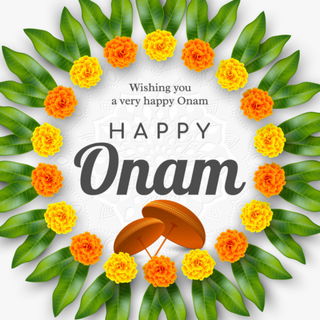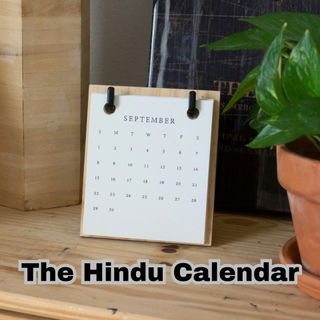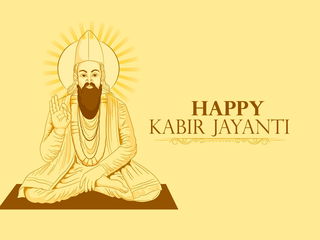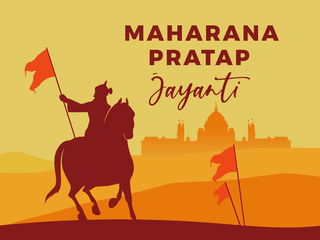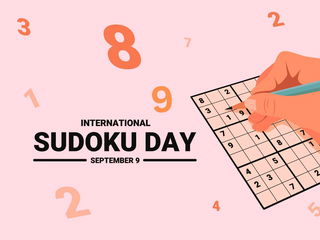- Calendar
- Calendar 2026
- August
- Balarama Jayanti
Balarama Jayanti
Balarama Jayanti, is observed on the full moon day or Purnima in the month of Sravana according to the Hindu calendar.
Celebrating the birth of Lord Krishna's older brother, Lord Balarama, this day usually falls in the month of August according to the Gregorian calendar.
It’s a big deal, especially among Vaishnavites, and is observed in different ways across India.
The Story of Balarama
Balarama is a revered figure in Hindu mythology and is known as the elder brother of Lord Krishna.
He was born to Vasudeva and was originally conceived by Devaki. However, due to the threat posed by the evil king Kamsa, who was warned by a prophecy that Devaki’s eighth child would cause his death, Lord Vishnu intervened.
To protect the unborn child, the divine embryo was transferred from Devaki’s womb to Rohini, Vasudeva’s first wife.
Because of this miraculous transfer, Balarama is often referred to as Sankarshana, meaning the one who was drawn away.
As a child, Balarama was raised alongside Krishna in the home of their foster parents, Nanda and Yashoda, in the village of Gokul.
From an early age, he showed great strength and courage. He was given the name Rama, but due to his powerful nature, people began calling him Balarama, Baladeva, or Balabhadra, all names that highlight his strength.
Balarama’s early life was filled with divine play and heroic deeds.
Along with Krishna, he took part in many adventures and defeated powerful demons such as Dhenuka, Pralamba, and the wrestler Mushtika.
He also killed Kalavakra, the commander of Kamsa’s army. After Kamsa was defeated by Krishna, both brothers went to study under the sage Sandipani in Ujjain.
Later, Balarama married Revati, the daughter of King Kakudmi, and they had two sons, Nishatha and Ulmuka, and a daughter named Shashirekha, also known as Vatsala.
Known as the god of farming and strength, Balarama is often depicted with a plough, which symbolizes agriculture and prosperity.
During the time of the Kurukshetra War, Balarama chose to remain neutral because he had taught both Duryodhana and Bhima the art of fighting with the mace.
He went on a pilgrimage with his relatives during the battle but returned on the final day.
When Bhima struck Duryodhana below the waist, breaking the rules of combat, Balarama became angry and considered punishing him.
Krishna calmed him down by reminding him of Bhima’s vow to avenge Draupadi’s humiliation.
After the end of the war and the fall of the Yadava dynasty, Balarama entered a meditative state and left the world peacefully.
According to some legends, a great white serpent emerged from his body, symbolizing his identity as Ananta-Sesha, the divine serpent of Lord Vishnu
It is believed that this serpent entered a cave near the Somnath temple in Gujarat and returned to the netherworld.
Balarama holds deep spiritual significance in Hinduism. He is seen as a symbol of strength, humility, and devotion. He is considered the protector of farmers and the bringer of agricultural knowledge.
Balarama Jayanti Observance
To observe Balaram Jayanti, devotees engage in a variety of spiritual practices and rituals that reflect reverence for Lord Balarama.
The day typically begins with early morning prayers and visits to temples dedicated to Lord Krishna and Balarama.
Temples are beautifully decorated with flowers and lights, and special pujas are performed in honor of the deity.
One of the most important rituals is the Abhishekam, where the idol of Lord Balarama is ceremonially bathed with water, milk, curd, honey, and sandalwood paste.
Devotees chant mantras and sing bhajans (devotional songs) to praise his strength, simplicity, and devotion.
Fasting is commonly observed, with many devotees abstaining from grains and consuming only fruits, sweets, and milk-based dishes. These offerings are also placed before the deity as a symbol of devotion. The food prepared is usually satvik, meaning it is pure, vegetarian, and prepared without onion or garlic.
In some regions, especially Mathura and Vrindavan, colorful Rath Yatras (chariot processions) are organized, where idols of Balarama are taken through the streets accompanied by music, chanting, and dancing.
Farmers and those involved in agriculture often seek blessings from Lord Balarama on this day, as he is associated with farming and physical strength.
Reading scriptures such as the Bhagavata Purana or listening to stories of Balarama’s life and deeds is also a meaningful part of the observance.
Whether celebrated at home or in temples, Balaram Jayanti is marked with devotion, joy, and a deep sense of gratitude for the divine presence of Lord Balarama in Hindu tradition.
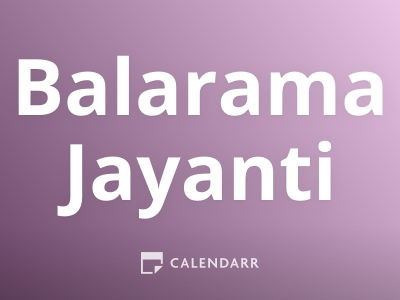
Other Celebrations
-
Mar 31 TueMahavir Jayanti Holiday
-
Apr 02 Thu
-
Apr 24 Fri
-
Jun 08 Mon
-
Jun 15 Mon
-
Nov 24 TueGuru Nanak Jayanti Holiday

Balarama Jayanti - Next years
Tuesday, 17 August 2027
Saturday, 05 August 2028
Friday, 24 August 2029

